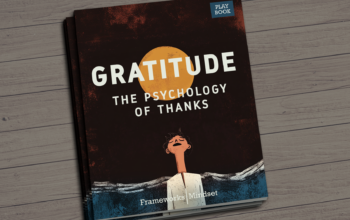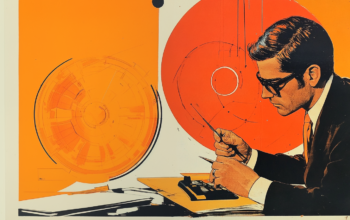The Origins of Ritz-Carlton’s Famous $2,000 Rule
In the early 1980s, renowned hotelier Horst Schulze was brought on to revive the legendary Ritz-Carlton chain.
One of the first things he did was to ask luxury hotel guests what they were looking for in their accommodations.
Guests typically said that they wanted a feeling of home.
Schulze realized that this meant a place of psychological safety that everything was taken care of just like it was in a mother’s home.
If something was wrong, you went to your mother, and she took care of it right away. She did not say, “I’ll call the manager.”
– – –
Schulze wanted to provide that kind of comfort in his hotels.
So, he implemented a $2,000 rule.
All employees were authorized to spend up to $2,000 to solve a guest’s problem.
If a guest mentioned his toilet had run all night, for example, the hostess at the restaurant could give the guest a free breakfast to make up for the inconvenience. No questions asked.
One Ritz-Carlton housekeeper used the rule to fly from Atlanta to Hawaii to deliver a guest’s laptop that he had left behind.
The $2,000 rule became the basis for one of the best service teams in the hotel industry.
– – –
Empowerment is often seen as a way of pushing power down to lower levels.
But this is something of a misnomer.
Lower level employees already have the know-how and ability to take care of their customers.
As Ray Kroc put it, “If you hire a man to do a job you ought to get out of the way and let him do it. If you doubt his ability, you shouldn’t have hired him in the first place.”
What these employees lack in conventional power structures is decision-making authority.
With the $2,000 rule, Schulze gave his employees the authority to match their abilities.
– – –
At Ritz-Carlton, Schulze was famous for his motto, “Ladies and gentlemen serving ladies and gentlemen.”
If they wanted their employees to be ladies and gentlemen, he realized, they had to treat them that way.
And that empowerment helped make Ritz-Carlton the finest hotel chain in the world.




